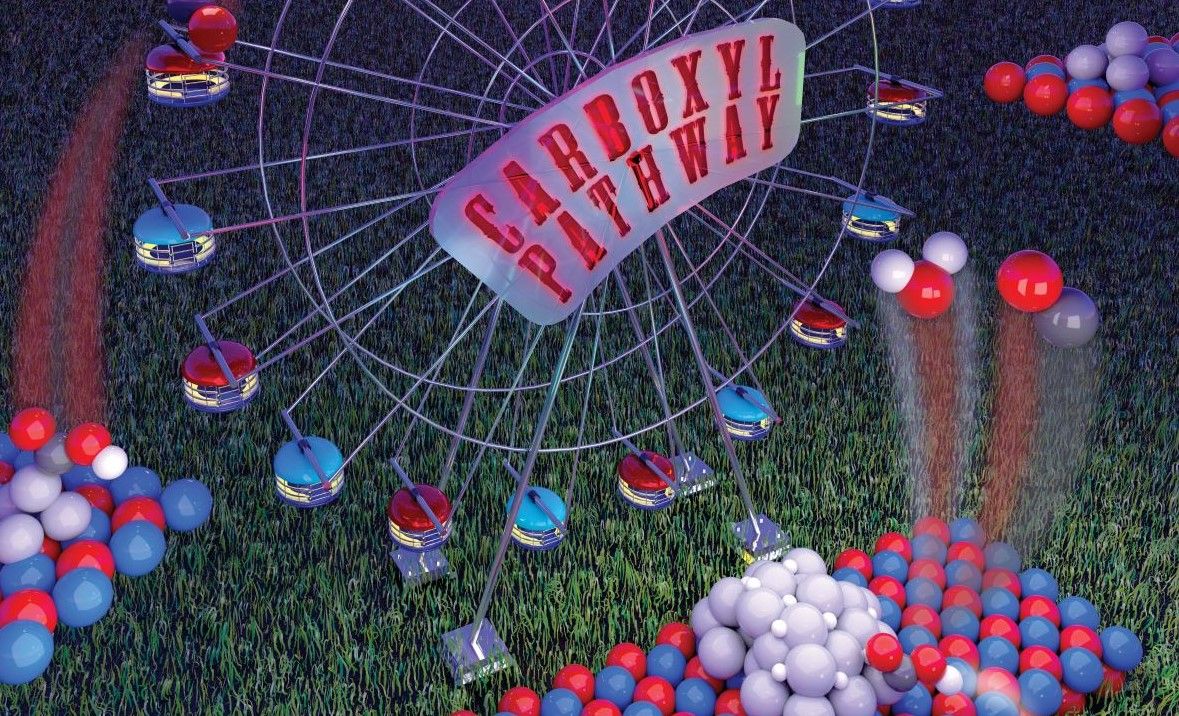Catalysts have, and always will be, at the core of the chemical industry.
But despite their importance, one significant question about how they work has remained unanswered; a fundamental chicken-or-egg debate. Do interactions between chemical reactants and the catalyst create an ‘active site’ or does an ‘active site’ already exist within the catalyst?
Without a clear understanding of this problem, the chemical industry has been limited in the development of fuel and fertilizer production, both of which are dependent on these essential chemical reactions.
Now researchers at Pacific Northwest National Laboratory (PNNL) have made a breakthrough to solve the problem of so-called ‘water-gas shift reactions.’ It is a discovery that will help improve efficiency and speed up the chemical reactions that create the thousands of chemical products and fuels that power modern life.
The team have now published their findings in the journal Nature Catalyst, where they announce the use of, “… spectroscopic, kinetic and computational analyses to address the decades-long mechanistic controversy by studying the reverse water-gas shift.”
As the online journal Phys.orgexplains, “Using a combination of sophisticated techniques that can track the reaction in real time, the researchers, led by Janos Szanyi and Vassiliki-Alexandra (Vanda) Glezakou, determined experimentally that the active site is not intrinsic to the catalyst. Instead, it's created when the catalyst encounters that reactant. The PNNL team answered the question by observing distinct changes in catalyst properties before and after encountering that reactant.”
The study marks the end of a two-year long search based at PNNL's Institute for Integrated Catalysis. The institute is a mainstay for work on catalysts, with numerous experiments performed there in the hunt for improved chemical processes which can ‘enable a carbon-neutral future’.
For this study, the researchers employed cutting-edge technology to be able to ‘see’ chemical reactions happening in real-time. This they achieved by combining two different forms of spectroscopy, pinpointing exactly when and how chemicals were combining, and witnessing the catalytic production of new chemicals in unprecedented detail.
These technological observations combined with experiments using unconventional gas sequences led to the identification of the key intermediate at the heart of the water-gas shift reaction, called a carboxyl.
The presence of carboxyls was first theoretically proposed over 10 years ago, but it has taken this series of experiments to prove their existence.

Now that this has been achieved, chemists can re-examine the interaction between hydrogen and single-metal atom catalysts. Providing an aid in the development of catalysts for not only water-gas shift but also various other reactions involving hydrogen.
This knowledge will lead to improved chemistry in many industrial chemical facilities. As Nicholas Nelson, a PNNL postdoctoral research associate and the study’s first author observes, “Our new understanding has provided us with a roadmap to develop more efficient catalysts. One such avenue is to use a single-metal atom as the catalytic site, as opposed to several hundred metal atoms stuck to each other. This will maximize catalyst efficiency by ensuring that each metal atom participates in the reaction.”
This in turn could result in the improved manufacturing of basic chemicals such as methanol, hydrocarbons, and hydrogen for the fuel industry, or even ammonia, a key raw material in the production of fertilizer.
“This discovery could also lead to fuel cell technology becoming more pervasive in the energy sector, which may lower transportation emissions and diversify our energy portfolio,” says Nelson.
It is a discovery that will have many rethinking how the petrochemical and fertilizer industries function and could lead to untold improvements to the processes that run the chemical industry.
Photo credit: PNNL, Spectator, Chem4kids, PNNL, & Technologyworks